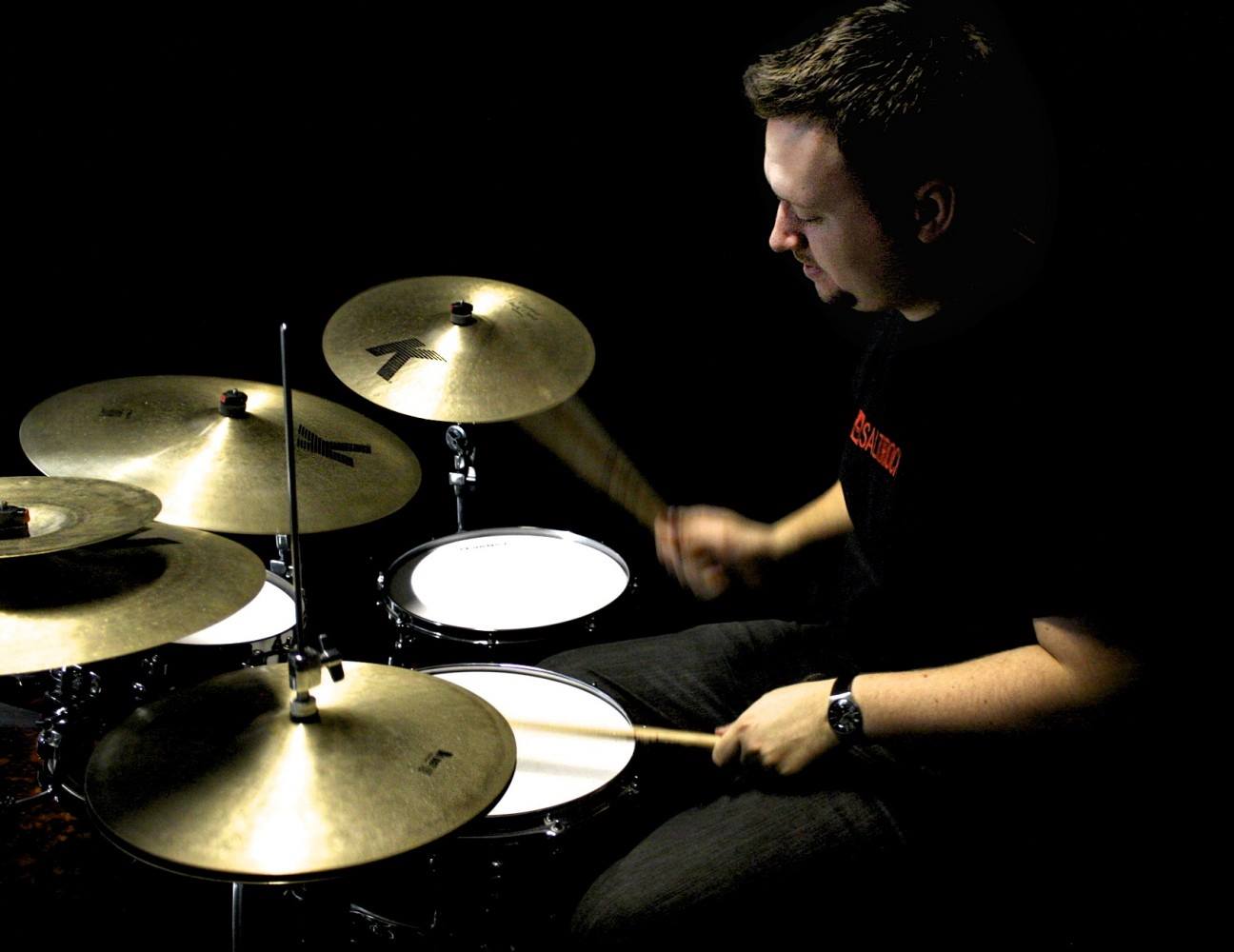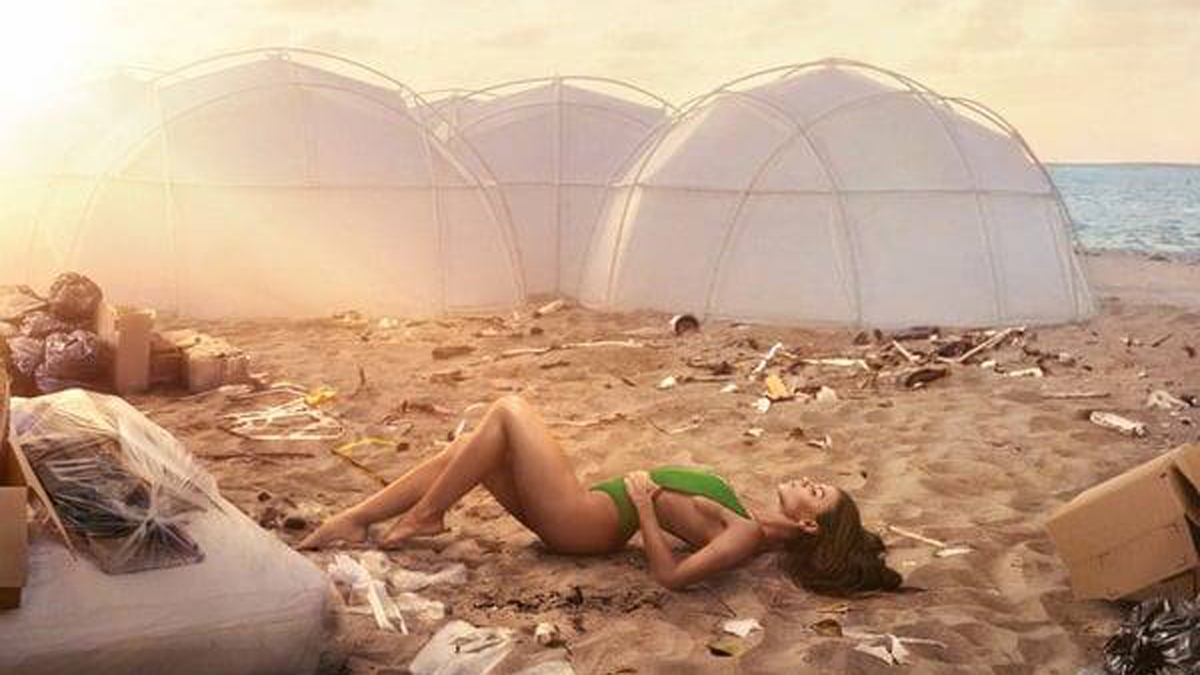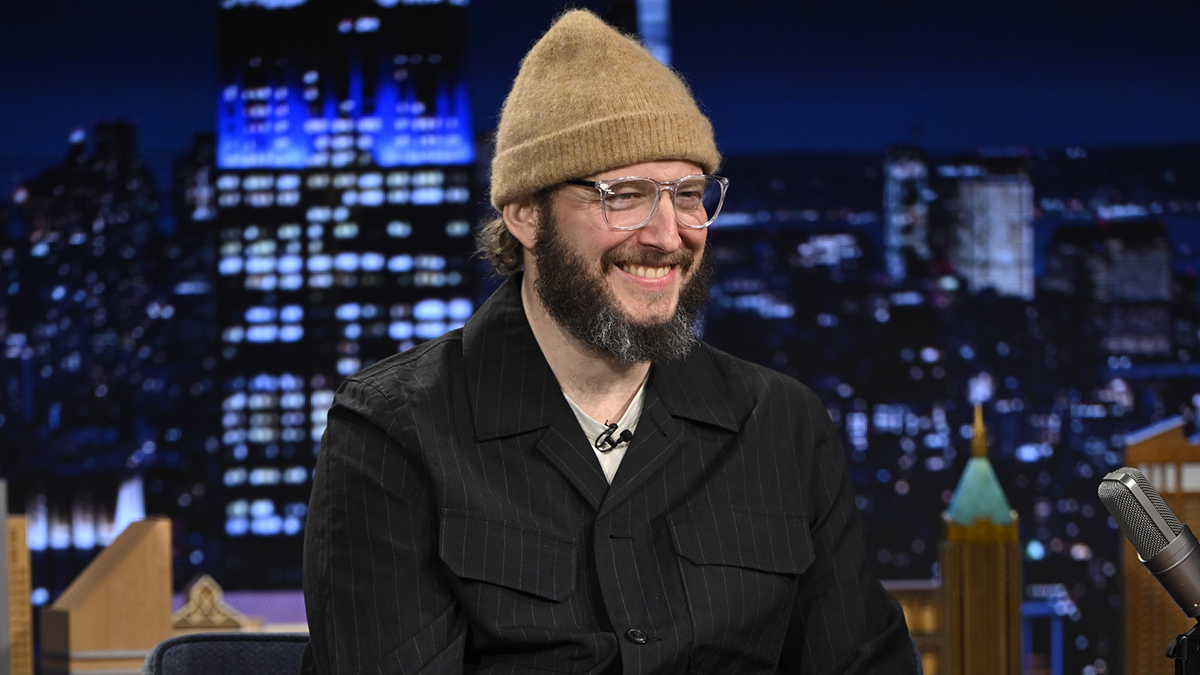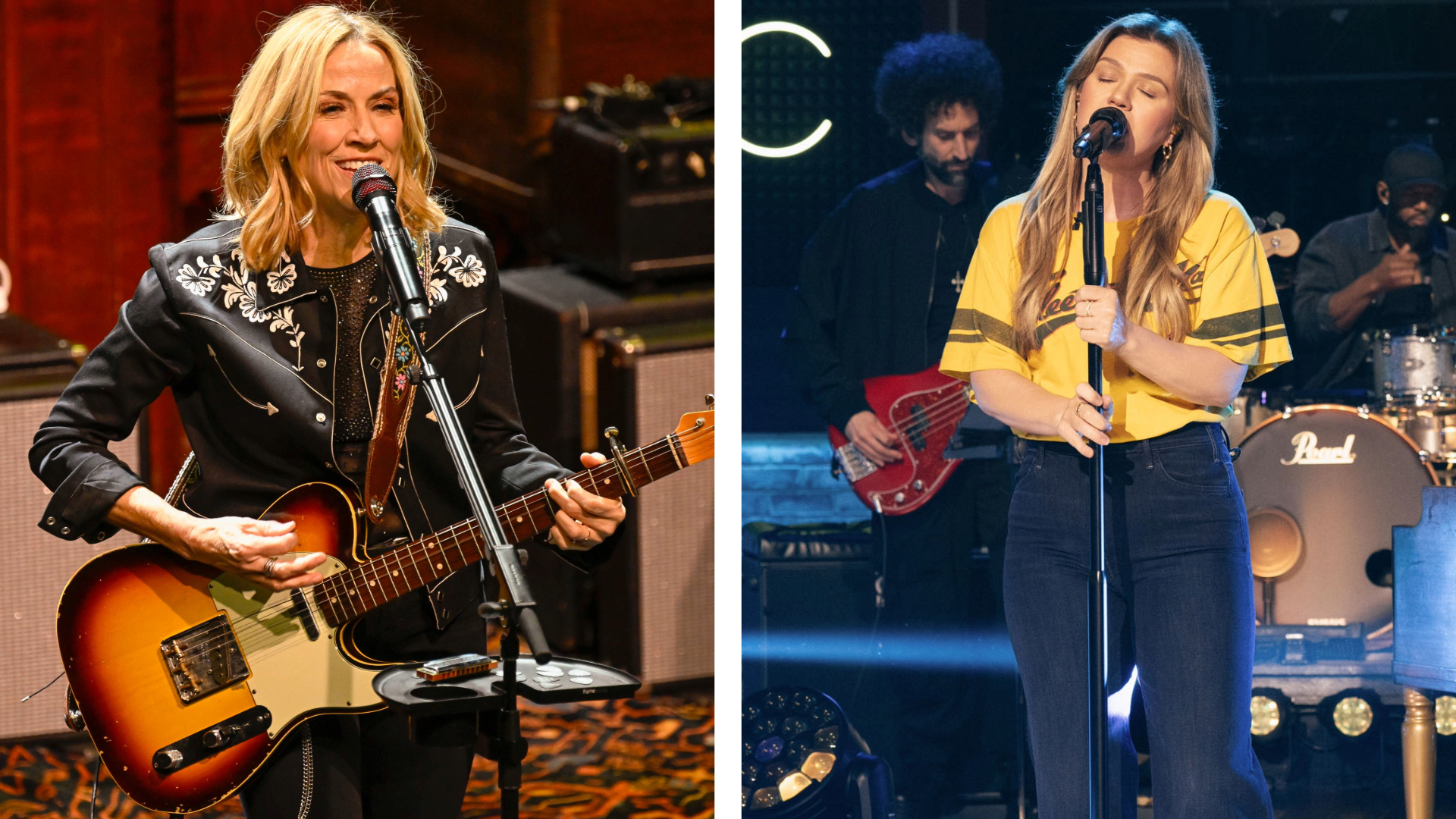A-Z of electronic drums: every essential term explained
Get to know your e-kit with this handy electronic drums jargon buster
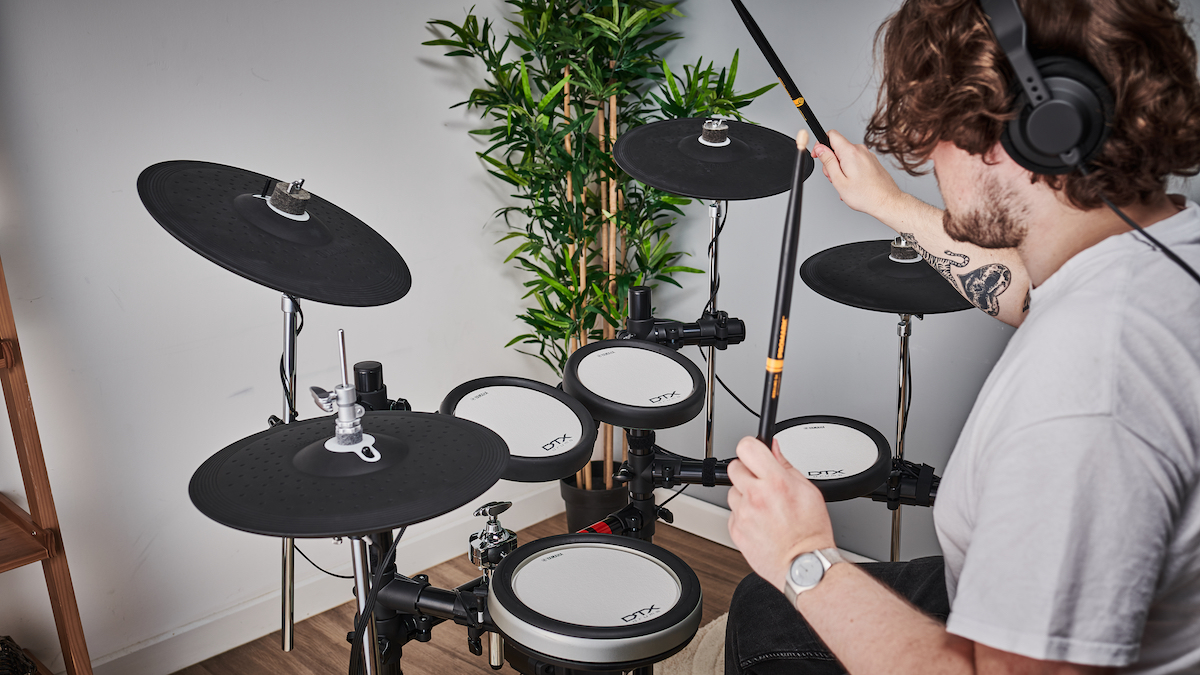
Do you know your latencies from your velocities and your single zones from your dual zones? Negotiating a minefield of electronic drum set options can be a daunting enough prospect for any player, without even taking into account learning a whole new e-drumming vocabulary.
This jargon-busting electronic drums A-Z article aims to provide you with the know-how to confidently navigate words and phrases you might encounter on an e-kit spec list, when chatting with other drummers or on sites like MusicRadar, and to ensure you know what you're looking for when choosing your next kit.
E-kit terms A-G
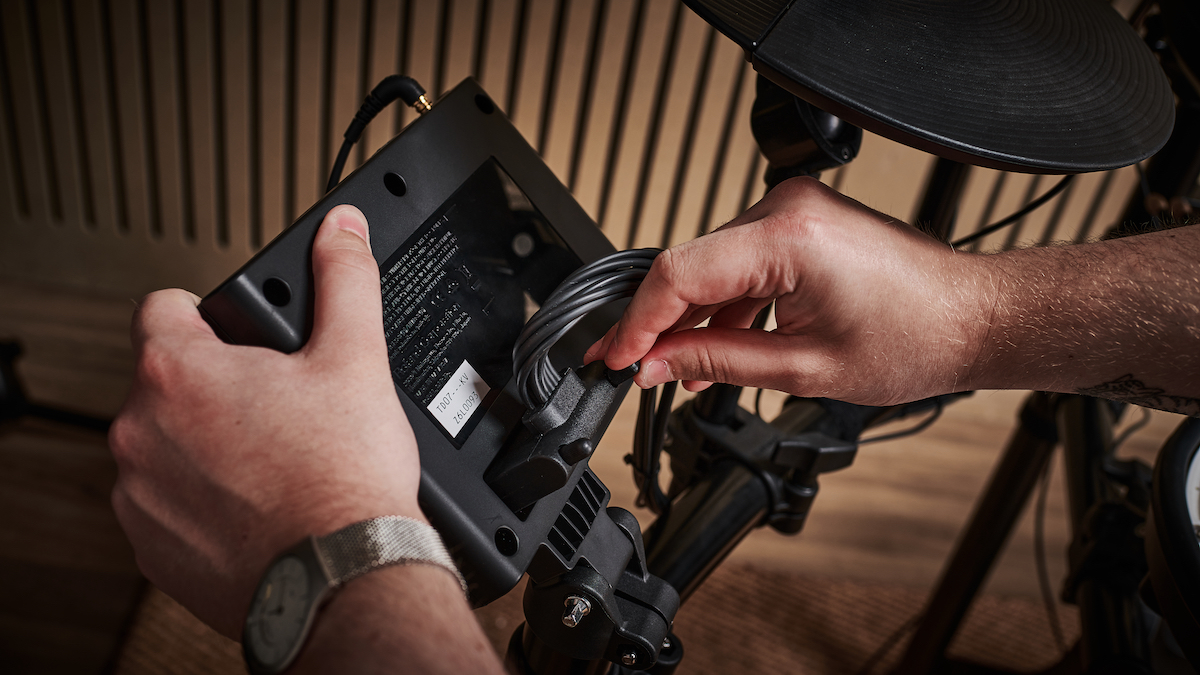
Acoustic drum trigger
These are drum triggers that can be attached to acoustic drums - usually secured to the rim of the drum with the sensor resting on the drum head - effectively enabling you to use your acoustic drums as electronic pads. Acoustic triggers could be used to layer electronic sounds over the existing acoustic sound or in combination with a mesh head. These are different to electronic triggers. Keep scrolling for an explanation of these.
Alesis
After launching the SR-16 drum machine in 1990 - the all-time best selling drum machine - Alesis moved into electronic drum sets and have forged a reputation as a well-respected brand offering quality products at great prices. In particular, the Alesis Nitro Mesh has become a popular beginner electronic drum set.
ATV
ATV was started by late Roland founder and electronic instrument pioneer Ikutaro Kakehash and first entered the scene with the aD5 module, designed with a focus on offering a smaller number of higher quality sounds.
Aux input/mix-in
Found on all electronic drum sets, this connection allows for an external audio device - such as a smartphone or other music player - to be connected for playing along to your favourite tracks - usually via a 3.5mm jack cable.
Bass drum tower
Most bass electronic drum pads are mounted on a tall frame (or tower) which allows the playing surface to be struck by the beater of a bass drum pedal.
Get the MusicRadar Newsletter
Want all the hottest music and gear news, reviews, deals, features and more, direct to your inbox? Sign up here.
Bluetooth
Some modules are now equipped with Bluetooth for wireless playback of audio from an external source such as a smartphone or laptop. It’s worth noting that the Bluetooth functionality cannot be used to send drum audio out from the module.
Cable loom
Sometimes also referred to as the ‘cable snake’, this provides all the relevant cabling to connect the trigger pads with the module. Usually this will comprise a single connector to plug into the module and enough individual 1/4” jack cables to connect each pad, plus a couple of extras if you decide to expand your kit with additional pads.
Choke function
Some cymbal pads can be pinched at the edge to replicate the hand-muting or ‘choking’ of an acoustic cymbal.
Coaching features
Most modules include training tools that can offer feedback on a player’s timing or teach them new rudiments or patterns.
Controller pedals
In addition to a bass drum tower, many e-kits are typically supplied with an independent hi-hat controller pedal for expressing open and closed sounds. Entry-range offerings tend to use similar pedals for the bass drum as well. Higher-end kits usually feature a hi-hat pad and controller which mounts to a hi-hat stand for a more realistic feel.
Digital pads
Unlike standard pads and triggers which connect to the module via analogue jack cables, digital pads connect digitally via USB, which unlocks several capabilities. These could include more detailed positional sensing and automatic cross-stick recognition. Digital pads are currently found on Roland’s TD-50, TD-27, VAD706, 506 and 503 series kits.
Drum monitor
An option for hearing the sounds from your module is to use a dedicated e-drum monitor. These are designed to offer enough low-end punch to physically feel the drums, often making for a more satisfying and ‘live’ playing experience.
Drum rack
The rack is the frame that each pad and the module is mounted on. These range in size, material and stability, dependent on how much you spend. The rack can enormously affect the adjustability, comfort and performance of the kit.
Dual zone pad
These pads have multiple triggers which can be detected separately by the module (the signals are transmitted via the left and right of a stereo cable). Typical uses of dual zones are separate sounds for the rim and head of a snare or bow and edge of a cymbal. Essentially the more zones your pads have, the better the playing experience.
GEWA
GEWA is a German company that specialises in a wide range of musician instruments. A relative newcomer to the e-kit world, in 2018 it announced the launch of its G9 series electronic drums, powered by the G9 Workstation module.
E-kit terms H-M
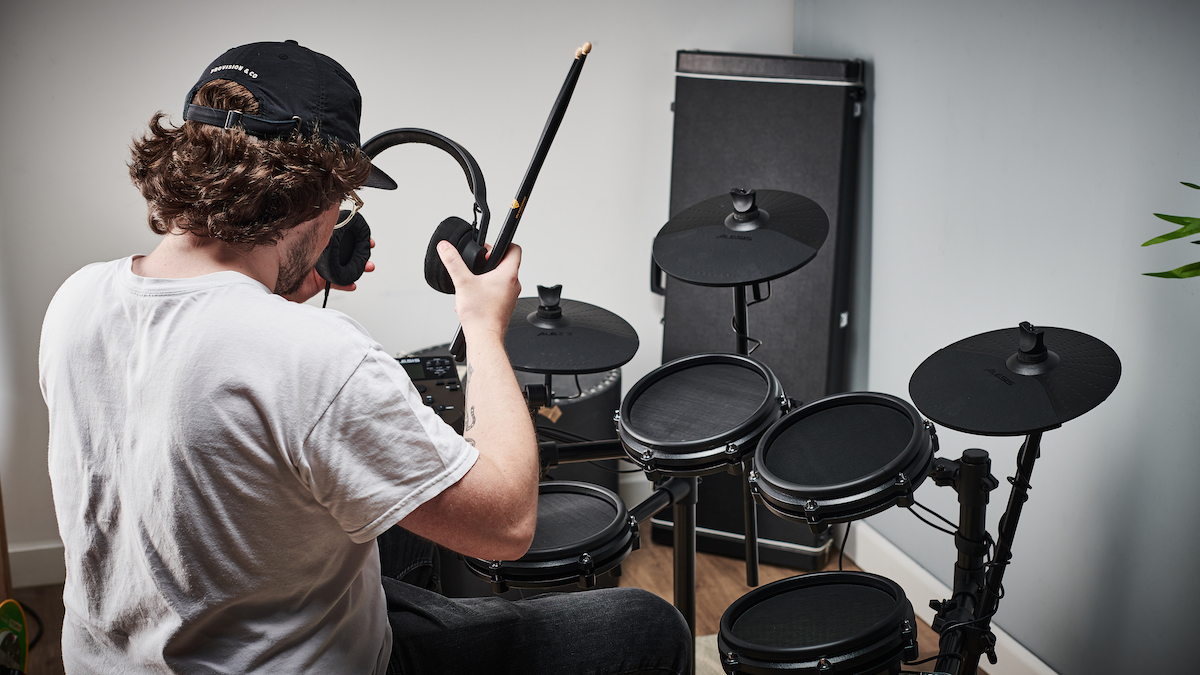
Headphones
Naturally we need some means of monitoring the sounds from the module whilst playing and headphones are the most obvious solution when trying to keep external noise to a minimum. It’s also worth noting that wireless headphones are a no-go here due to their slight delay in transmitting audio.
Hybrid drumming
A hybrid setup is one that consists of acoustic and electronic elements. This could include the use of acoustic triggers on your acoustic drums, or simply incorporating electronic drum pads or a sample pad into your setup.
Latency
Latency is the delay from striking a pad to actually hearing the sample from the module. Measured in milliseconds, the lower the latency the more natural the playing experience will be.
Mesh pads
Previously reserved as a premium feature on electronic drum sets, mesh heads have become more commonplace across a range of price points. Unlike rubber pads often found on cheaper e-kits, mesh heads are quieter and are tension adjustable which can help drummers dial in a more realistic stick response.
Metronome
Also known as a click, the metronome is a staple and necessary training feature of any drum module and is aimed at helping you perfect your timing. It consists of a click sound that can be adjusted to different tempos and time signatures for the drummer to follow.
MIDI
Via a USB connection, MIDI allows electronic drums to be used to control a host of music software which makes it easy for recording or performance.
Module
Often referred to as the ‘brain’, the module is the computing element behind your electronic drum kit. It receives signals transmitted from connected pads and converts them into the relevant drum and cymbal sounds. Capabilities of a module can vary considerably from kit to kit.
Multi FX
Most modules have some sort of effects engine built in, ranging from reverb and equalisation to more unusual options like flanger or distortion. Some modules allow for more than one effect to be applied at a time and for individual levels of effect for each element of the kit.
E-kit terms N-S
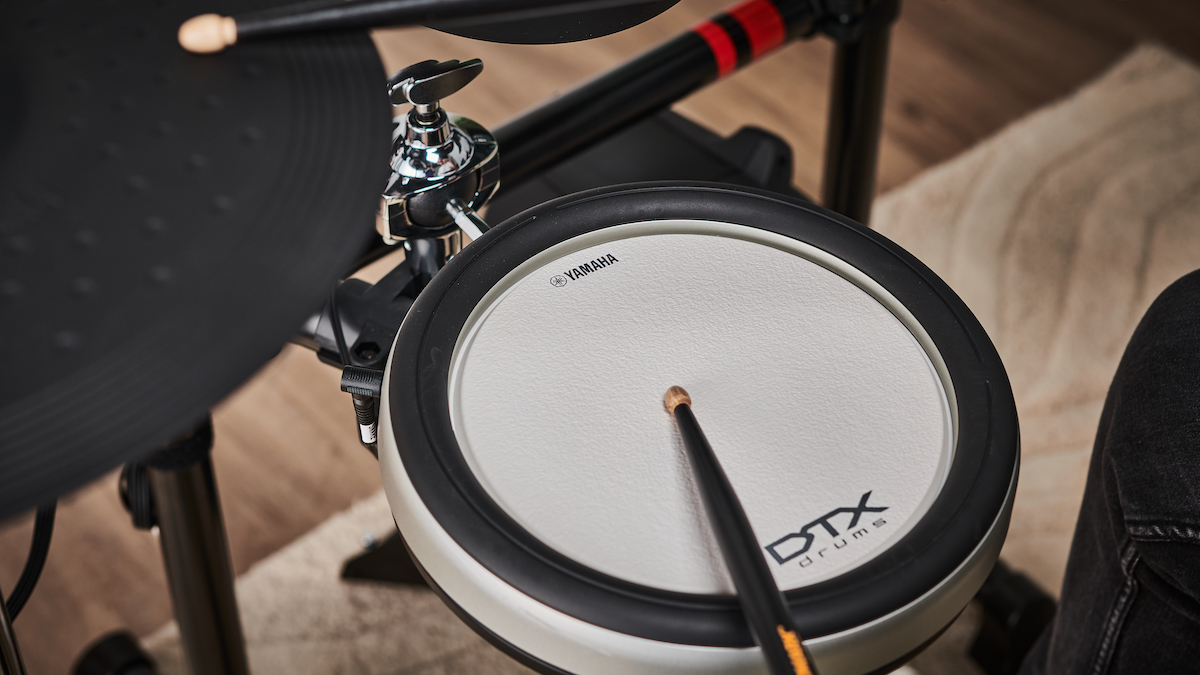
Positional sensing
Some modules are capable of producing different sound variations depending on where a pad has been struck. For example, the sound of a snare drum could change slightly when played further toward the rim.
Roland
Roland leads the way in the electronic drum set world, drawing on its 35+ years in the game. Their first experiments in electronic drumming came with the DDR-30 digital drums module, while their V-Drums range debuted in 1997 with the TD-10 - and they’ve been innovating since, from introducing mesh heads, to advanced trigger sensing technology and innovative digital pads.
Samples
A sample is a pre-recorded clip of audio. An e-drum module is packed full of individual drum samples which make up plenty of kit presets, spanning many different styles. The better the module, the higher quality the samples will be. Some even allow users to import their own custom samples.
Sample pads
These are stand-alone devices which combine a module and a collection of small trigger pads into a single unit. They are often used as an add-on to a full acoustic or electronic kit and excel in looping or even running full tracks. Popular models include the Alesis Strike MultiPad and Roland SPD-SX.
Sequencer
Many modules use sequenced play-along tracks which can be looped and the tempo changed.
Simmons
Simmons is a British company founded in 1978 and was a true electronic drums pioneer. Simmons developed the first full electronic drum kit, the SDS-5, which became publicly available in 1982.
Single zone pad
As the name suggests, this type of pad has one trigger meaning it is capable of playing just one selected sound from the module. A good example of this would be a bass drum pad as it only needs to produce one sound.
E-kit terms T-Z
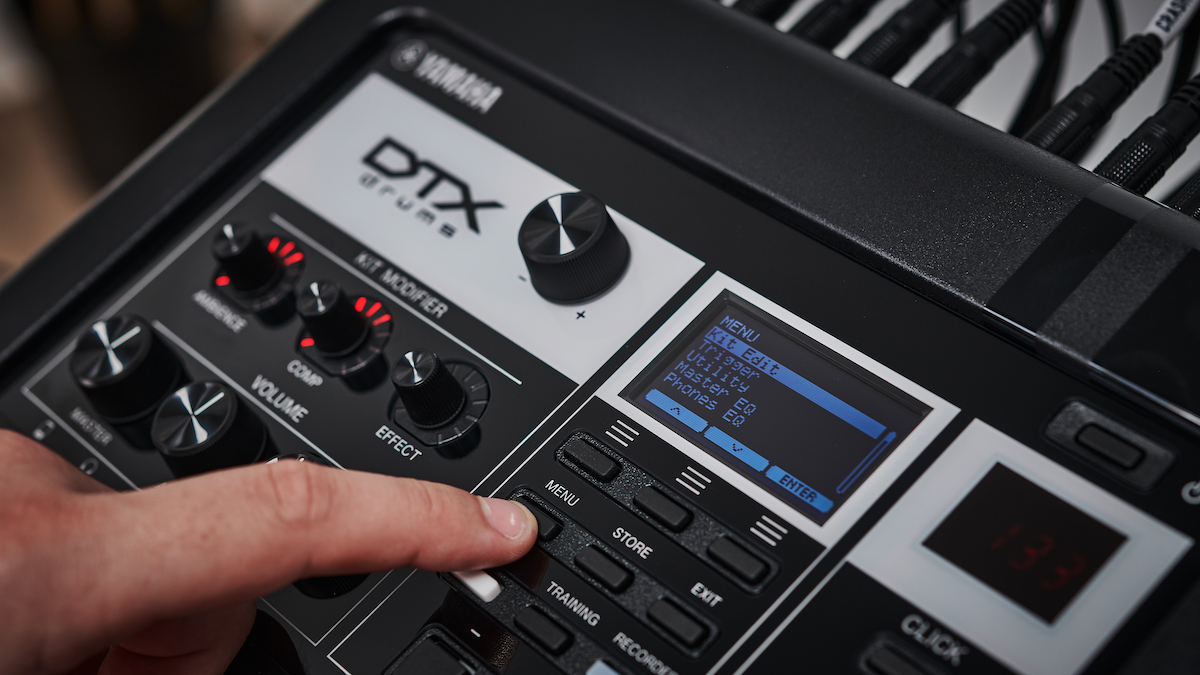
Trigger
A trigger is a small microphone pickup that enables a drum or cymbal pad to send a signal to the module when struck and a vibration is sensed. Triggers are positioned underneath the playing surface to detect the drummer’s playing as accurately as possible.
USB audio
Digital connection to a computer via USB allows the module to be recognised as an audio device which offers a third option for playing along to music. More importantly though, this method usually enables audio to be sent from the module to the computer for recording - some even in multitrack.
User kits
Drum modules come pre-programmed with a certain number of kit presets which could range from 10 to 50 or more depending on the model. Most will also allow room for user kits which offer a blank canvas for your own custom creations.
Velocity
The force (or velocity) at which a pad is struck will dictate the sound (and its volume) that is played back from the module. In simple terms, a small tap will result in a quiet note whilst a bigger strike will produce a louder note. More advanced modules actually use separate samples for these different velocity layers.
VST
These are virtual instruments which can be played in real-time via MIDI. VST (virtual studio technology) software can offer higher quality samples and more in-depth editing capabilities when compared with many electronic drum kit modules.
Yamaha
One of the Big Three in the e-kit world (that also includes Roland and Alesis), Yamaha launched its first electronic drum set - the PMC-1 - in 1986. Since then Yamaha's DTX range has offered quality kits for beginner to pro drummers, while their exclusive TCS (Textured Cellular Silicone) heads provide a versatile alternative to rubber or mesh.
Tom is a professional drummer with a long history of performing live anywhere from local venues to 200,000 capacity festivals. Tom is a private drum tutor, in addition to teaching at the BIMM Institute in Birmingham. He is also a regular feature writer and reviewer for MusicRadar, with a particular passion for all things electronic and hybrid drumming.
